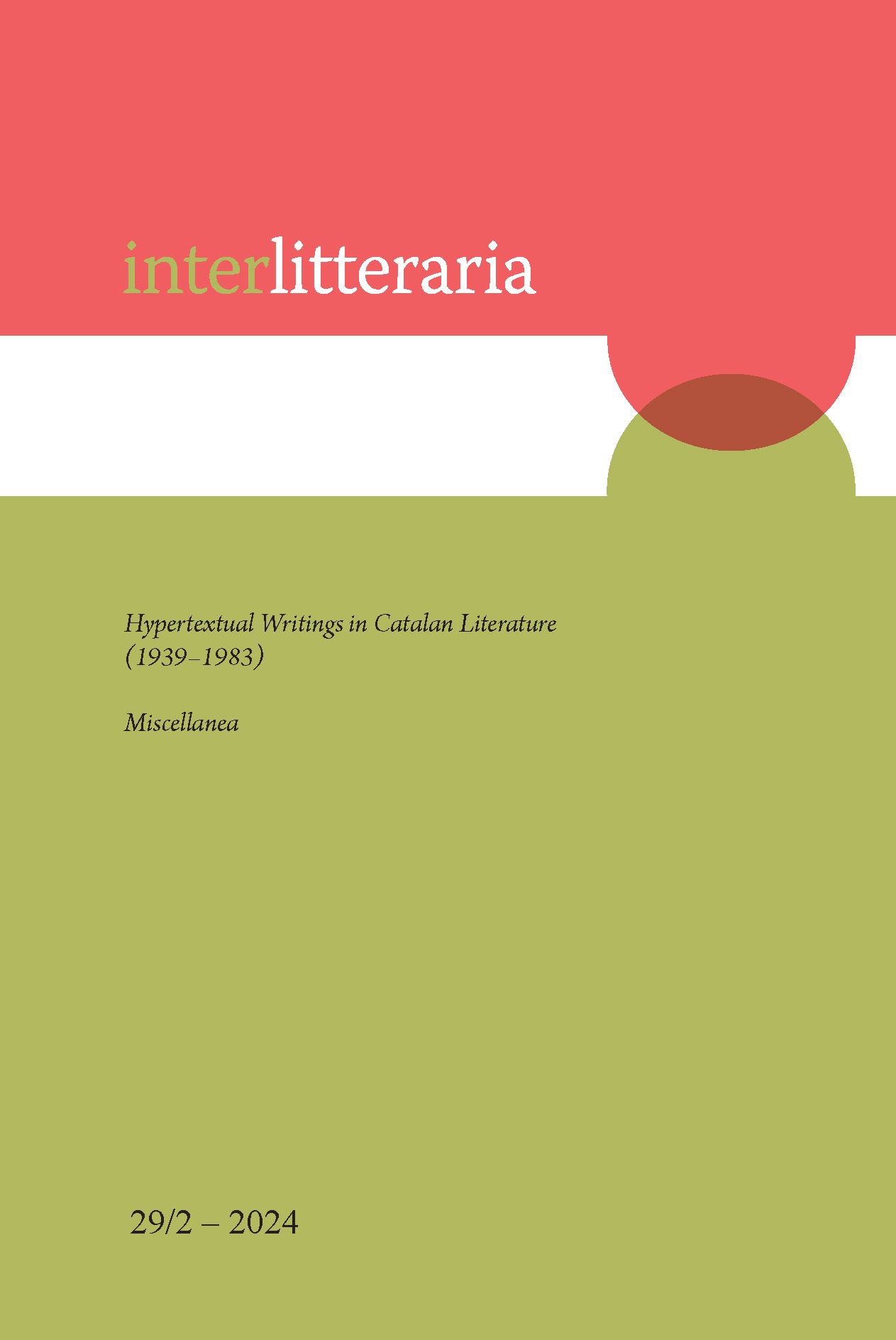Multilingüismo en la traducción de Zeru horiek (1995) de Bernardo Atxaga al finés y al estonio
DOI:
https://doi.org/10.12697/IL.2024.29.2.8Keywords:
multilingualism, translation, Basque literature, Finnish, EstonianAbstract
Multilingualism in the Translation of Bernardo Atxaga’s Zeru Horiek (1995) into Finnish and Estonian. Zeru horiek (1995, The Lone Woman, English translation by Margaret Jull Costa) is the second most multilingual novel written by Bernardo Atxaga after Obabakoak. While Basque is the source language of his literary works, his fictional world is multilingual. In Zeru horiek seven natural languages appear together with Basque: English, Spanish, French, Italian, Catalan, Galician and Latin. This paper investigates how and why these languages are used in the novel, based on the theoretical approaches presented by Manterola (2019) and Verschik and Saagpakk (2023). Another purpose is to bring into the spotlight two translations of the novel never studied before: the Finnish version Tuolla taivaalla (1999, translated by Tarja Roinila) and the Estonian version Need taevad (2022, by the author of this article). Twenty-three years separate these translations, but the literary contexts of their publication are not very different. Firstly, because of the dominance of English as a main source language of literary translations, and secondly, on account of the fact that Basque, Latin and Romance language skills are not very common in its target readers.
Tuolla taivaalla is an example of early and indirect translation and, according to the model of Delabastita (1993), tends to substitute some expressions and passages in other languages, used by Atxaga, with elements of Finnish. The substitution reduces multilingualism, omits all reference to Galician and modifies some literary aspects such as the relationships between characters. Modifications in Esos cielos (the autotranslation by Atxaga) used as source text and an effort to make the text understandable for the reader can explain this linguistic and cultural homogenisation. Need taevad illustrates a late and direct translation that conventionally preserves and reproduces the multilingualism of the original. It even increases it in two ways: by restoring the source language in some passages (in English and French) presented in Basque in Zeru horiek, and by including some expressions in Basque. The strategy that allows this is permutation (translation in a footnote). Hence, two types of Estonian reader have been kept in mind: those who know some of these languages and those who do not.
Downloads
Downloads
Published
Issue
Section
License
Copyright (c) 2024 Merilin Kotta

This work is licensed under a Creative Commons Attribution-NonCommercial-NoDerivatives 4.0 International License.
The contents of Interlitteraria are published under CC BY-NC-ND licence.


